
|
|

|
All Questions Topic List |
AllQuestion and Answers: Page 999 |
Question Number 113532 Answers: 2 Comments: 1
|

|
Question Number 113530 Answers: 2 Comments: 0
|

|
Question Number 113524 Answers: 2 Comments: 0
|

|
Question Number 113511 Answers: 1 Comments: 0
|
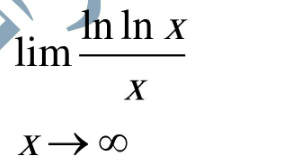
|
Question Number 113510 Answers: 1 Comments: 0
|
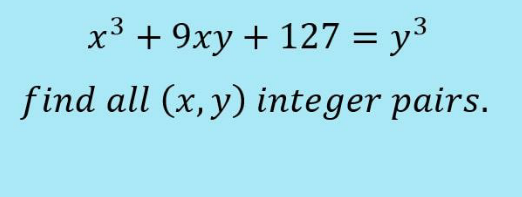
|
Question Number 113508 Answers: 1 Comments: 2
|

|
Question Number 113507 Answers: 2 Comments: 0
|
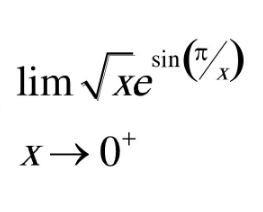
|
Question Number 113505 Answers: 1 Comments: 0
|

|
Question Number 113504 Answers: 0 Comments: 3
|

|
Question Number 113503 Answers: 0 Comments: 1
|

|
Question Number 113499 Answers: 0 Comments: 0
|

|
Question Number 113490 Answers: 0 Comments: 1
|

|
Question Number 113488 Answers: 2 Comments: 0
|
| prove that
((sin(2a)cos(2a))/(cos(4a))) = (1/2) tan(4a)
|
|
Question Number 113486 Answers: 1 Comments: 1
|
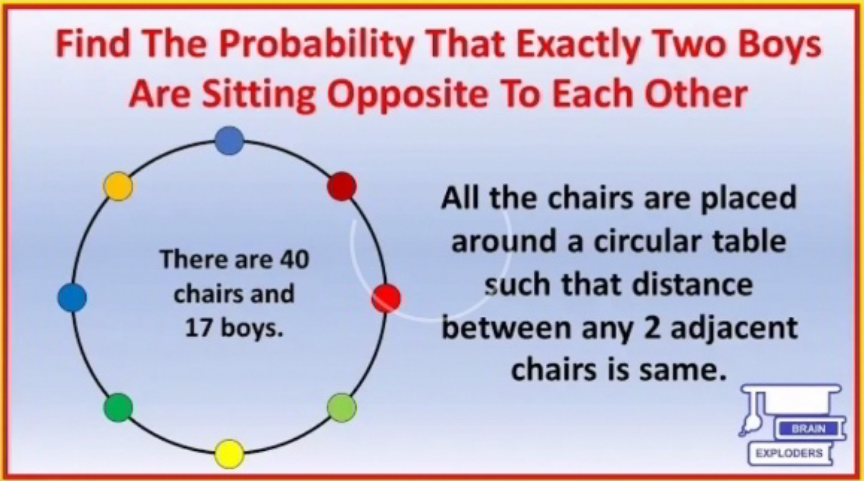
|
Question Number 113472 Answers: 1 Comments: 0
|

|
Question Number 113468 Answers: 0 Comments: 0
|

|
Question Number 113465 Answers: 0 Comments: 7
|

|
Question Number 113464 Answers: 1 Comments: 0
|
| (x^2 (d^2 y/dx^2 ) +x (dy/dx) + 1).y = 0
|
|
Question Number 113456 Answers: 0 Comments: 0
|
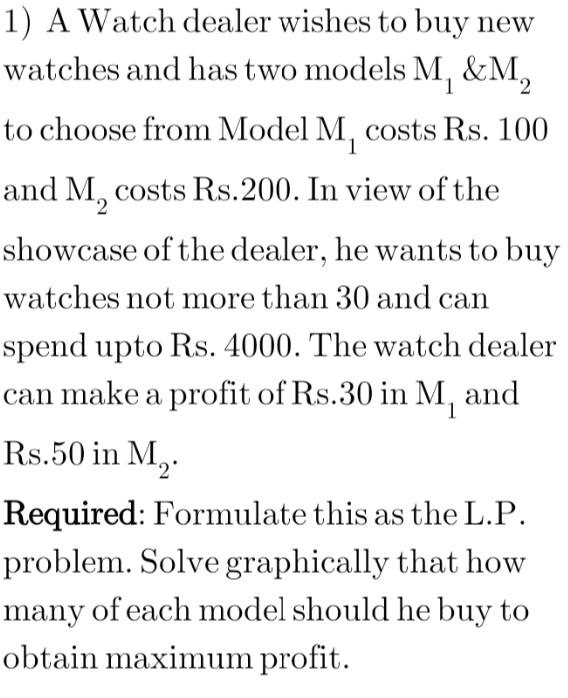
|
Question Number 113455 Answers: 1 Comments: 1
|
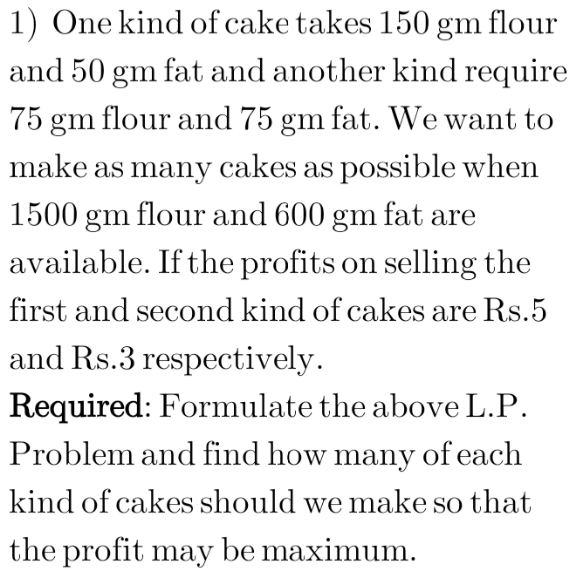
|
Question Number 113452 Answers: 1 Comments: 0
|

|
Question Number 113451 Answers: 3 Comments: 0
|
| If 2x=a^n +a^(−n) and 2y=a^n −a^(−n) calculate
the value of x^2 −y^(2 ) in its simplest form
|
|
Question Number 113444 Answers: 1 Comments: 0
|
| y′′−2ay′+(1+a^2 )y=te^(at) +sint
|
|
Question Number 113438 Answers: 2 Comments: 0
|
| lim_(x→∞) x(5^(1/x) −1) ?
|
|
Question Number 113430 Answers: 0 Comments: 0
|
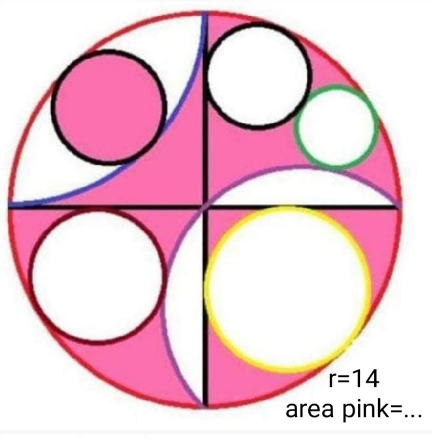
|
Question Number 113429 Answers: 0 Comments: 0
|

|
Pg 994
Pg 995
Pg 996
Pg 997
Pg 998
Pg 999
Pg 1000
Pg 1001
Pg 1002
Pg 1003
|
Terms of Service |
Privacy Policy |
Contact: info@tinkutara.com |










































